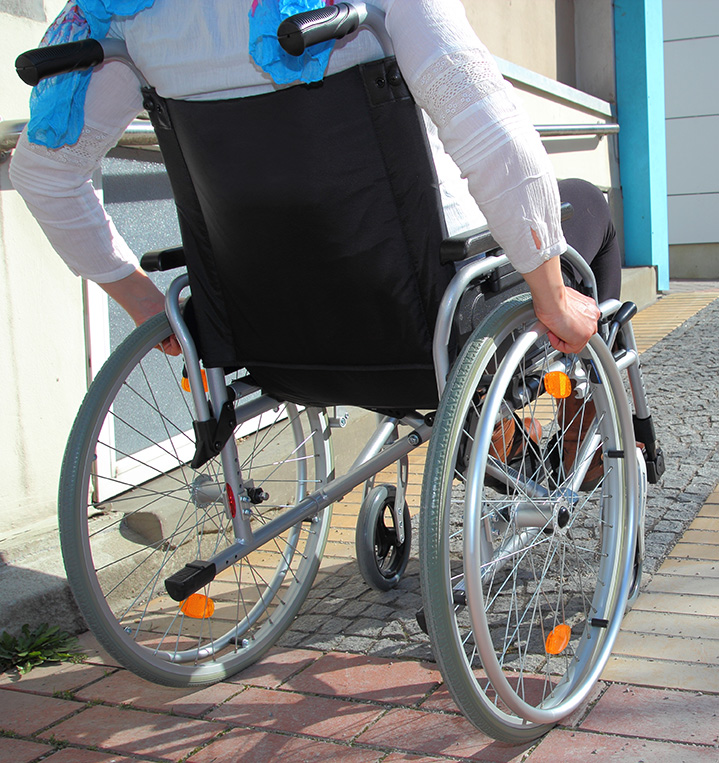It is estimated that over 80% of nursing home residents in the United States spend time sitting in a wheelchair every day1.
Wheelchair use has been associated with adverse outcomes and injuries, including, but not limited to:
| · Excess disability· Deconditioning· Muscle atrophy
· Pressure ulcers · Skin tears · Nerve impingement |
· Edema· Discomfort· Falls
· Contractures · Social isolation · Decreased quality of life |
Therapy Screen – things to look for:
| · Ability to propel wheelchair· Ability to maintain upright & midline posture· Ability to maintain forward visual gaze
· Ability to maintain proper LE / foot position · Properly support upper extremities · Pain and discomfort |
· Postural control during daily activities· Leaning or sliding down w/c – geri chair· Skin breakdown or pressure areas
· New or worsening contractures · Difficulty repositioning self · Fall(s) from bed or chair · Swallowing difficulties related to positioning |
Short Term Seating Solutions
Residents that require a wheelchair for a limited period of time following an acute illness or injury should be quickly screened to determine if more in-depth assessment is required. When a full mat evaluation is not indicated, at minimum, you will need to consider:
- Seat depth
- Hip width
- Seat-to-floor height
Even when the intent is short term, every wheelchair user should have cushion for comfort and to prevent skin integrity issues.
Long Term Seating Solutions
Residents that require a wheelchair full time will require a comprehensive wheelchair assessment to determine the most appropriate seating system to maximize function and prevent pathology. Due to the nature of chronic and progressive disease processes, periodic screening is indicated in effort to identify changes that require reassessment.
Prevent, accommodate, or correct a skeletal abnormality
Proper seating and positioning should aim to prevent pathology. When pathology exists, the goal of seating and positioning then becomes an attempt to correct a flexible deformity or accommodate fixed deformities.
Flexible abnormality
A contracture deformity that restricts movement resulting from stiffness or constriction in muscles, joints, tendons, ligaments, or skin. Flexible deformities may restrict range of motion where two or more bones connect. With proper corrective therapeutic interventions or external positioning support, flexible deformities can be reversed.
Fixed abnormality
A permanent contracture deformity resulting from changes in muscles, joints, tendons, ligaments, or skin. Fixed deformities cannot be reversed but can benefit from interventions aimed at preventing further deformity as well as providing accommodations to promote function and reduce pressure areas.
When assessing if an abnormality is fixed, flexible, or flexible but not tolerated, the following should be considered.
- Does using manual pressure correct the abnormality?
- How much force is required to correct or decrease the abnormality?
- Where is the force needed?
- How can these forces be duplicated to correct a postural deviation?
- If the posture is fixed, how can optimal alignment be achieved?
- ***ALWAYS work proximal to distal
- ***Evaluate the underlying impairment not just the device
See Pathways to Seating & Positioning for the comprehensive program and available forms
1 – Deborah Gavin-Dreschnack, Ladislav Volicer, Cheryl Morris. Prevention of Overuse of Wheelchairs in Nurising Homes. Annuals of Long-Term Care, Volume 18 – Issue 6 – June, 2010.
Melissa Ward
Director of Clinical Services


Comments (0)